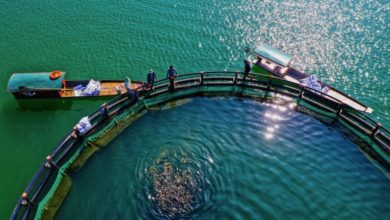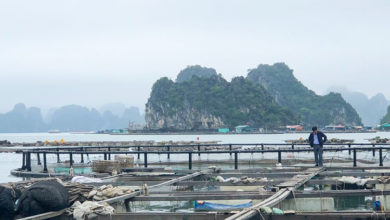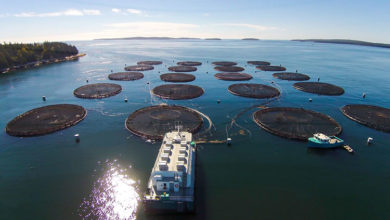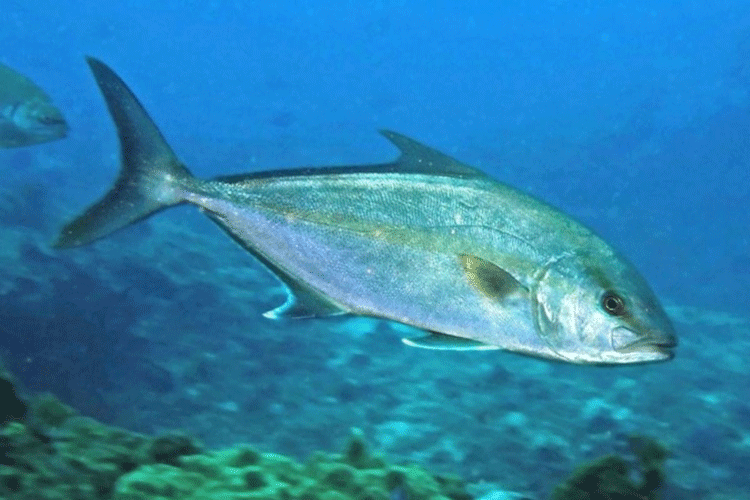Dat Mui clams gain recognition with new certification label
Dat Mui Commune in Ngoc Hien District (Ca Mau Province) is not only known for its pristine natural beauty as the southernmost point of Vietnam but also for its thriving clam farming industry – a key economic sector in the Mekong Delta.
A “golden land” for clam farming
Located in the mangrove forest zone of Dat Mui, Khai Long Beach has emerged as a “clam farming capital” thanks to its ideal natural conditions and strict technical protocols.
Khai Long boasts a wide tidal flat with a gentle slope, sandy-muddy seabed, stable salinity (15-30‰), and pH levels between 7.5-8.5. It also benefits from a rich natural food source provided by the mangrove ecosystem. The area is influenced by semi-diurnal tides, creating a perfect habitat for clams. Most notably, this farming zone is largely untouched by industrial pollution or domestic wastewater, ensuring a clean and safe clam product for both domestic and international markets.
In Dat Mui, clam farming is primarily organized through cooperatives, enabling local farmers to efficiently manage every stage, from seed selection and farming to harvesting. The farming process follows a well-regulated protocol that both optimizes yields and protects the surrounding environment, helping build the unique identity of “Dat Mui clams.”
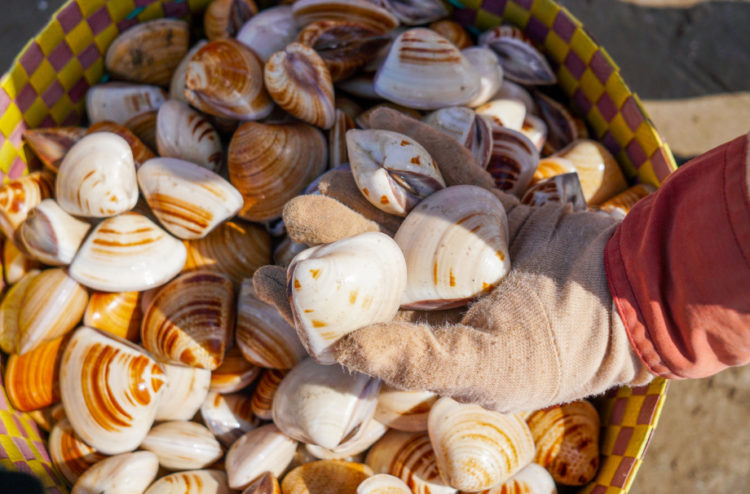
Technical protocols: The key to quality
The success of Dat Mui’s clam farming lies in a meticulous technical process, from preparing the farm site to post-harvest handling. Site selection requires clear water (visibility of 25 – 40 cm), gentle currents to supply oxygen and natural food, and a seabed with 10 – 15 cm of sandy sediment for optimal burrowing and growth.
According to engineer Tieu Minh Pho from the Ca Mau Science and Technology Information and Application Center, the clam seed selection process is rigorous. Clam seeds must be uniform in size (2,000 – 3,000 per kg), have a shiny shell, be free of deformities, and sourced from reputable hatcheries or well-known natural areas like Ben Tre, Tien Giang, and Can Gio. The optimal time for seeding is early dry season (February–April) or late rainy season (August–October), with a density of 300 – 500 clams per square meter depending on the site conditions. Farmers closely monitor the clams for the first 48 hours to ensure they acclimate well to their new environment.
During the farming period, weekly inspections are critical. Farmers track growth rates, remove dead clams, clean the farm area, and manage pests using manual or biological methods. Environmental factors like salinity, pH, and temperature are monitored regularly to make timely adjustments. In storm season, farm protection efforts are heightened to safeguard clam beds.
Toward sustainable development
Dat Mui clams are typically harvested after 10 – 12 months, once they reach a commercial size of 40 – 50 clams per kilogram. Harvesting is done during low tide using hand rakes or specialized tools to avoid damaging both the clams and the tidal flat.
After harvesting, clams are rinsed in seawater, sorted by size, and stored in mesh sacks or breathable bags in cool, humid conditions. For long-distance transportation, temperatures are maintained at 5-10°C to ensure freshness upon arrival.
“Clam farming in Dat Mui is not only a vital livelihood but also a model of harmonious economic development and environmental preservation,” says engineer Pho. The avoidance of chemicals, gentle handling of the tidal zone, and cooperation with environmental authorities to protect natural ecosystems help maintain the quality of both habitat and product. These are the critical factors behind the “certified label” of Dat Mui clams, an emerging brand with strong domestic recognition and potential to expand globally.
With continued efforts from both authorities and local farmers, the clam farming sector in Dat Mui is cementing its reputation as a source of regional pride and a benchmark for sustainable fisheries development in Vietnam.
VFM



